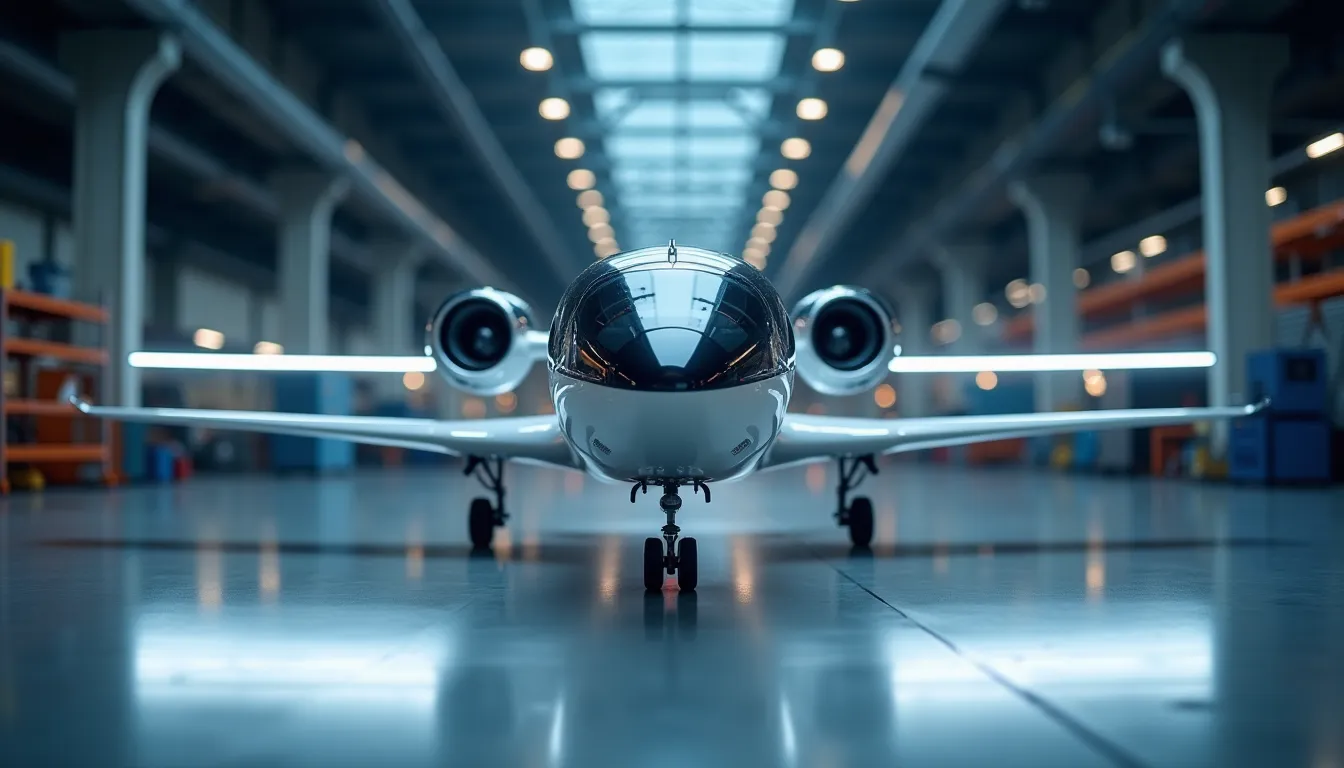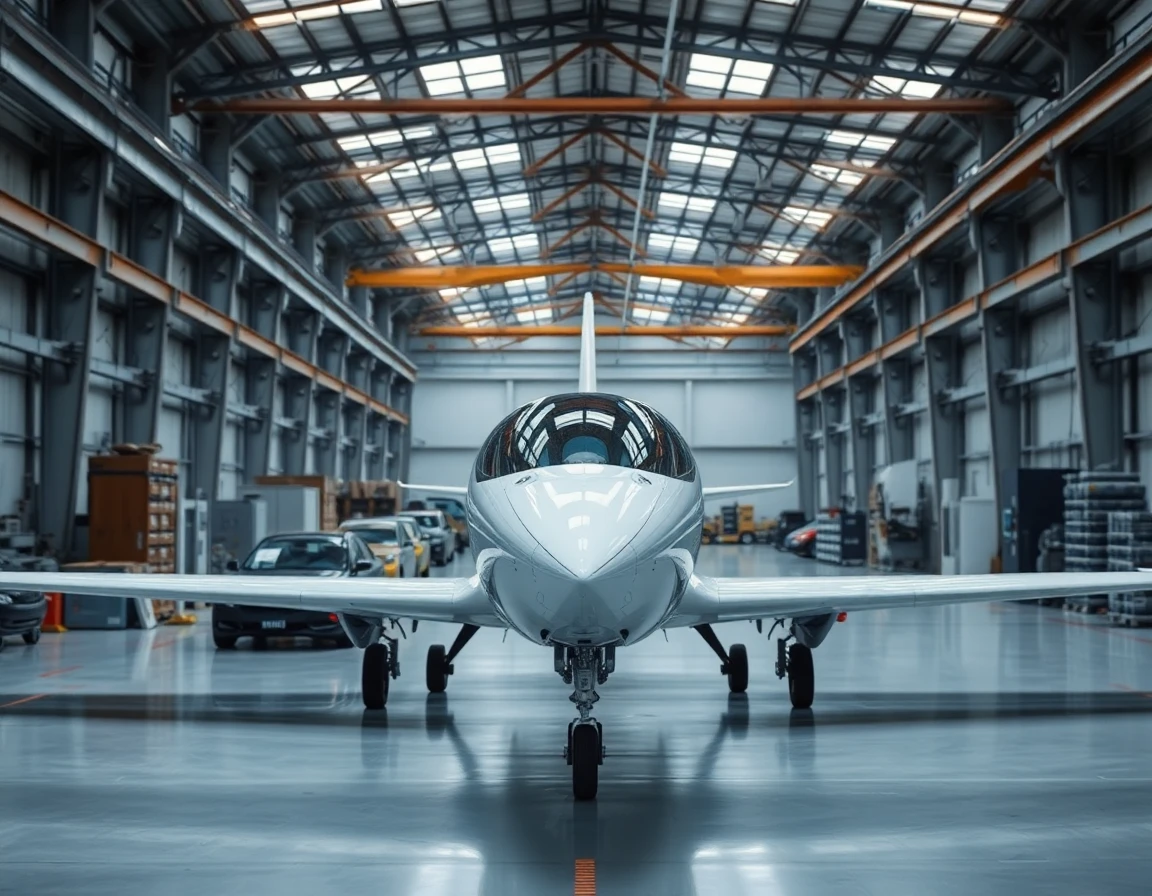As the global aviation sector grapples with increasing environmental regulations and a push for sustainability, the market for electric aircraft is gaining momentum. With innovative electric propulsion technologies at the helm, both commercial and military aircraft are on the verge of a significant transformation.
Understanding Electric Propulsion
Electric propulsion refers to the use of electric motors and batteries to power aircraft instead of conventional fossil fuels. This technology promises not only to reduce carbon emissions but also to lower operating costs significantly. As noted by aviation analyst Dr. Emily Carter, “Electric aircraft represent a pivotal shift in how we think about aviation. With advancements in battery technology and electric propulsion, we are moving towards a cleaner and more efficient future.”
Market Growth and Potential
Recent reports indicate that the electric aircraft market is expected to grow at a compound annual growth rate (CAGR) of over 30% in the next decade. The driving factors behind this growth include increased investment in research and development, government incentives for greener technologies, and advancements in battery efficiency and energy density. Major aerospace manufacturers, including Boeing and Airbus, are investing heavily in electric aircraft prototypes, aiming to bring them to market by the mid-2030s.
Key Technologies Behind Electric Aircraft
Advanced Battery Systems
One of the most critical components of electric aircraft is the battery system. Current lithium-ion batteries are being enhanced with new materials and chemistries, such as solid-state batteries, which promise to provide higher energy densities and faster charging times. According to Dr. Alex Thompson, a leading researcher in battery technologies, “The transition to solid-state batteries could double the range of electric aircraft, making them more viable for commercial use.”
Precision Navigation for Enhanced Safety
In tandem with advancements in electric propulsion, the integration of high-precision navigation systems is essential for optimizing flight operations. The High-Precision Advanced Navigation System, featuring high-precision fiber optic sensing coils, is a prime example of technology that can enhance operational efficiency in electric aircraft. As noted by aviation expert John Smith, “Reliable navigation systems ensure that electric aircraft can operate safely and efficiently, especially in challenging environments.”
Military Applications of Electric Aircraft
The military sector is also exploring the use of electric aircraft for various applications, including surveillance, transport, and even combat missions. Electric propulsion offers the advantage of quieter operations, which is critical for stealth missions. Furthermore, the lower operational costs associated with electric aircraft make them an attractive option for defense budgets worldwide.
Case Studies in Electric Military Aviation
Several countries are investing in electric aircraft for military use. For instance, the U.S. Air Force is experimenting with electric drones for reconnaissance missions, which could ultimately lead to a new class of electric fighter jets. The implications of this technology could redefine air combat strategies, enabling faster and more efficient deployments.
The Future of Electric Aircraft
Looking ahead, the future of electric aircraft appears promising. With continued advancements in battery technology, electric propulsion, and navigation systems, the aviation industry may witness a paradigm shift in how aircraft are designed and operated. Experts predict that by 2040, we could see a generation of commercial airliners that are predominantly electric, drastically reducing the aviation sector’s carbon footprint.
Challenges Ahead
Despite the promising outlook, several challenges remain. The current limitations of battery technology, including weight and energy density, need to be addressed to make electric aircraft viable for longer routes. Additionally, regulatory challenges and the need for widespread charging infrastructure will play a significant role in the market’s growth.
Conclusion
In conclusion, electric aircraft stand at the forefront of a revolution in aviation. As the industry moves towards more sustainable practices, the integration of electric propulsion technologies, advanced navigation systems, and efficient battery solutions will be crucial. With continued research and investment, electric aircraft could soon become a common sight in our skies, heralding a new era of environmentally friendly aviation.
For more information on electric aircraft technologies and their implications for the aerospace industry, visit yourdomain.com.
References
-
electric aircraft Research - defensenews.com (defensenews.com)
-
electric aircraft Research - aviationweek.com (aviationweek.com)
-
electric aircraft Research - spacenews.com (spacenews.com)



